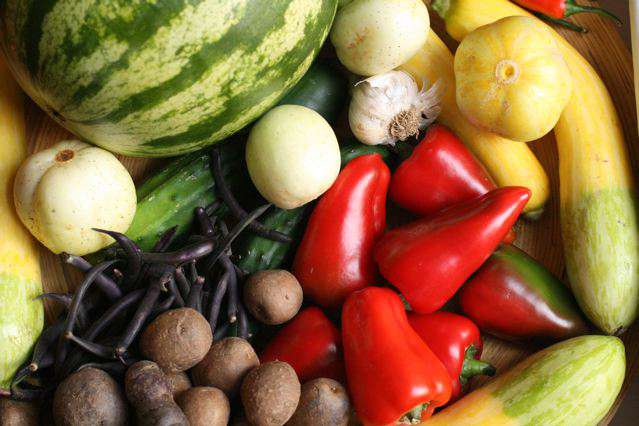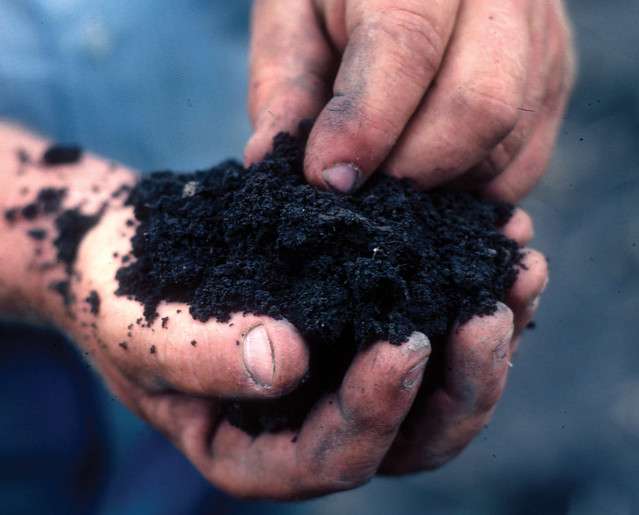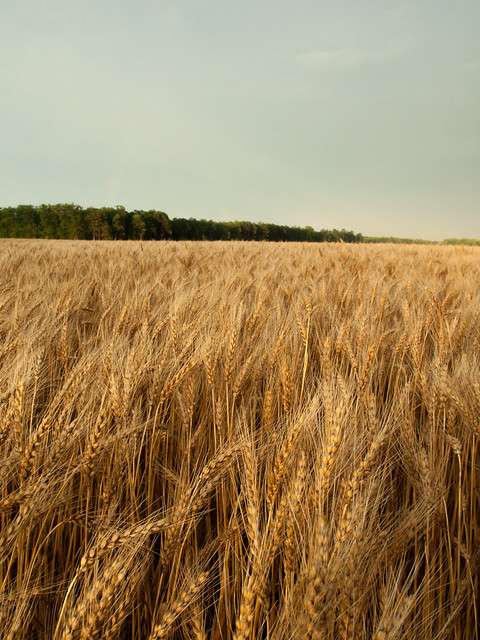
The Expo Milano 2015 brought together millions of supporters from around the world to focus on the important topic “Feeding the Planet, Energy for Life.” The discussions centered on new innovations and technologies used to aid food production and increase agricultural yields. Color technology in farming plays and important role in this effort and offers a simple, portable, and effective method for improving agriculture through the use of science. This technology has many applications in food production and farming and can help us reach the goals of global sustainability.

Even with many advancements in agricultural sciences and food production, many people around the world still suffer from hunger on a daily basis. Image Source: Flickr user thebittenword.com
Despite advancement in food and farming technology, many people around the world still go hungry. This worldwide mission promotes the use of technology in the areas farming and agriculture, and finds ways to utilize these advancements in every nation. The purpose of this article is to expose the value of color technology as a leading tool in agricultural science and food production and to show how it can make a difference in a global effort to end hunger.
Starting from the ground up
Soil quality is the first step towards advancement in agriculture sustainability. Color technology provides a quantitative analysis of the micronutrients needed to improve soil quality. Using spectral technology, soil quality analysis can be measurement by the levels of important elements need for optimal growing conditions. Advanced spectrophotometers measure nitrogen and phosphorous levels, and this data is often used to evaluate fertilizer formulation for food safety and increased production.

Quality soil analysis is the first step towards improving food production and increasing agricultural yields. Image Source: Flickr user Natural Resources Conservation Service Soil Health Campaign


